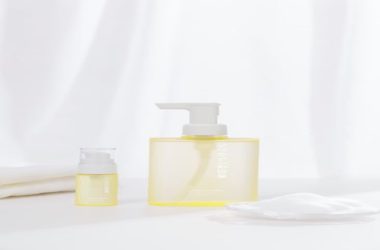Creating a Safe Home Environment for Kids: Tips on Child Safety and Accident Prevention
When it comes to keeping children safe, prevention is always better than cure. Every year, thousands of children are injured or even killed due to accidents that could have been easily prevented. From slips and falls, to choking hazards, there are many potential dangers in and around the home that can be harmful to children. As parents and caregivers, it is our responsibility to create a safe environment for children to live and play in. In this article, we will discuss some tips and best practices for creating a safe home environment and preventing accidents.
Identifying Potential Hazards
The first step to creating a safe environment for children is to identify potential hazards. Children are naturally curious and may not be aware of the dangers that exist around them. Areas in the home such as the kitchen, bathroom, stairs, and windows can pose risks to children. To identify potential hazards, take a walk around the home and look for things like sharp objects, exposed electrical outlets, and items that can be tripped over or pulled down. Once you have identified potential hazards, take action to eliminate or minimize them as much as possible.
Best Practices for Kitchen Safety
The kitchen is one of the busiest areas in the home and also one of the most dangerous for young children. From sharp knives and hot stoves to slippery floors and toxic cleaning supplies, there are many potential hazards in the kitchen. To prevent accidents, consider installing safety locks on cabinets, keeping sharp items out of reach, and supervising children around hot surfaces. Additionally, teach your children about kitchen safety rules such as not touching hot appliances and asking for help before using sharp tools.
Bathroom Safety
The bathroom is another area where accidents can easily occur. To create a safe environment in the bathroom, keep electrical appliances away from water sources, use slip-resistant mats, and install safety locks on cabinets containing medications and cleaning supplies. Additionally, ensure that the water temperature is not too hot and never leave children unattended while they are in the tub.
Playground and Play Area Safety
Playtime is a vital part of childhood but it also poses potential dangers. To ensure that children have a safe play environment, inspect playground equipment for damaged or broken parts and avoid overcrowding. Keep an eye on children while they are playing and teach them the importance of playing away from sharp objects and not roughhousing. Additionally, ensure that play areas such as swings, slides, and trampolines are used correctly and that helmets are worn when appropriate.
General Safety Tips for Kids
Teaching children safety rules is an essential part of accident prevention. Encourage them to wear helmets when cycling or playing sports, never to run with sharp objects, and to wait for assistance before climbing onto tall surfaces. Additionally, teach children how to dial emergency numbers such as 911 and practice emergency drills as a family.
Emergency Preparedness
Despite our best efforts, emergencies can still happen. To be prepared, create an emergency plan with your family and ensure that everyone knows what to do in case of a fire, earthquake, or other disaster. Have a first aid kit on hand and know how to perform CPR and other life-saving techniques.
In conclusion, creating a safe home environment for children is essential in preventing accidents and injuries. By identifying potential hazards, utilizing best practices, and teaching children safety rules, we can avoid common pitfalls and promote a safe and healthy environment for our children. Remember to childproof your home and always keep an eye on young ones, even in safe environments. With these child safety measures, we can ensure that our children can thrive and grow without the risk of harm.





